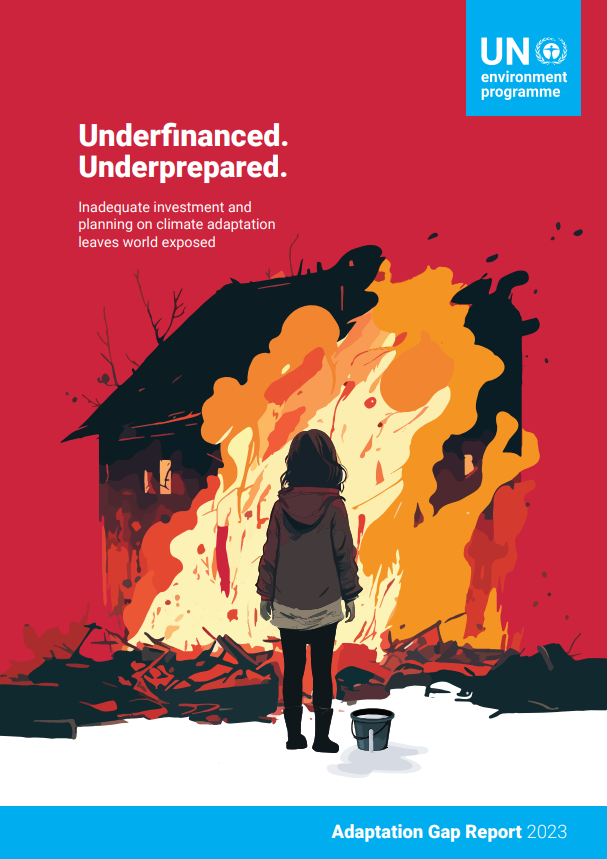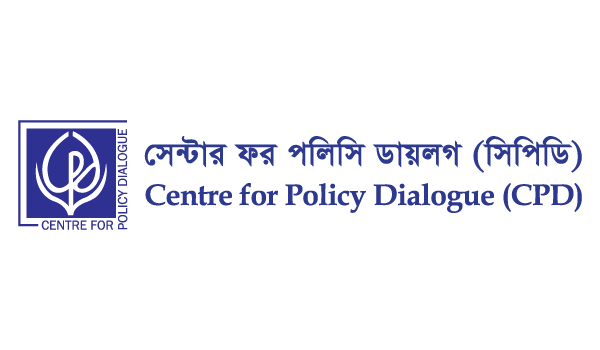The United Nations Environment Programme’s Adaptation Gap Report 2023 indicates a critical lack of investment and planning for climate adaptation, placing the world at risk. The report emphasizes the widening gap between climate action needs and current efforts.
According to the report, the financial requirements for climate adaptation in developing countries are 10-18 times greater than existing international public finance flows. This discrepancy results in an annual finance gap of US$194-366 billion. Despite these urgent needs, public multilateral and bilateral adaptation finance flows to developing countries decreased by 15% to US$21 billion in 2021.
The report also reveals that adaptation planning and implementation efforts have stalled. Seven strategies have been proposed to boost financing, including domestic measures and tactics to draw international and private-sector finance. The report underscores the immediate need to close the adaptation gap and shield the most vulnerable from extreme climate events.
Key findings of the report include:
- Adaptation finance needs are escalating. The report projects that by 2030, annual adaptation costs in developing countries could range from USD 160 to 340 billion, a significant increase from USD 70 to 100 billion in 2020.
- Current adaptation finance is inadequate. The estimated annual adaptation finance flows are around USD 29 to 39 billion, falling substantially short of the identified needs.
- Adaptation planning and execution are behind. Many countries do not have comprehensive adaptation plans, and the implementation process is often slow and disjointed.
Chapter 1 The political and scientific context
It pinpoints new challenges found in recent research and shifts in global policy. Discusses the latest findings from the Intergovernmental Panel on Climate Change (IPCC) and the United Nations Framework Convention on Climate Change (UNFCCC). It also outlines the present state of climate adaptation, highlighting the gaps in funding and planning. It wraps up by emphasizing the pressing requirement for more investment and strategic planning in climate adaptation to lessen climate change’s escalating risks and effects.
Chapter 2 Global progress on adaptation planning
It describes the method used to assess the adaptation gap. It explains the conceptual framework, data sources, and indicators used. The chapter details how countries and sectors were chosen for analysis and the standards for evaluating adaptation levels. It also mentions the limitations of the method and the challenges in measuring the adaptation gap. Highlights the importance of a thorough and transparent method for guiding policy decisions.
Chapter 3 Global progress on adaptation implementation
It gives an overview of current adaptation levels in various sectors and regions, pointing out gaps in financing and planning. It highlights the need for more investment in adaptation and the fight against social and economic inequalities that worsen climate change impacts. The roles of different stakeholders, such as governments, the private sector, and civil society, in promoting climate adaptation are also discussed. Concludes with a call to action to reduce the adaptation gap and create a more resilient, sustainable future.
Chapter 4 Adaptation finance gap
It describes policy frameworks and tools that aid climate adaptation, such as international agreements, national policies, and financial mechanisms. Discusses the difficulties of policy implementation and the need for better coordination at various governance levels. It stresses the importance of integrating climate adaptation into broader development strategies and dealing with social and economic inequalities that worsen climate change effects. The chapter ends by emphasizing the need for significant policy and practice change to close the adaptation gap and support a resilient and sustainable future.
Chapter 5 Loss and damage
It outlines physical, economic, and non-economic impacts and the challenges of quantifying and managing them. It explores the roles of governments, the private sector, and civil society in tackling these problems. Underlines the necessity for better international cooperation and aid. It also stresses the need to tackle the underlying causes of loss and damage through mitigation and adaptation strategies. Concludes with an urgent call to action to address loss and damage and assist the most at-risk communities and countries.
Recommendations and conclusions
International collaboration is pivotal to bridging this gap. Developed nations need to provide financial and technical assistance to developing countries. They should join forces to share expertise and successful strategies.
The Adaptation Gap Report 2023 main recommendations are:
- Increase adaptation finance flows to developing countries. Developed countries must augment funding for adaptation, and developing countries should improve their access to this finance.
- Strengthen adaptation planning and execution. Countries need to develop thorough adaptation strategies and invest in their implementation.
- Address loss and damage. Nations should establish systems to manage the loss and damage resulting from climate change.
- Enhance international cooperation. Countries should collaborate to share knowledge and effective adaptation practices.
It serves as a global alarm, highlighting deficiencies in adapting to climate change. The consequences of inaction will be severe. Therefore, we must act now to bridge the adaptation gap and protect vulnerable individuals and areas from the impacts of climate change.
Adaptation Gap Report 2023




